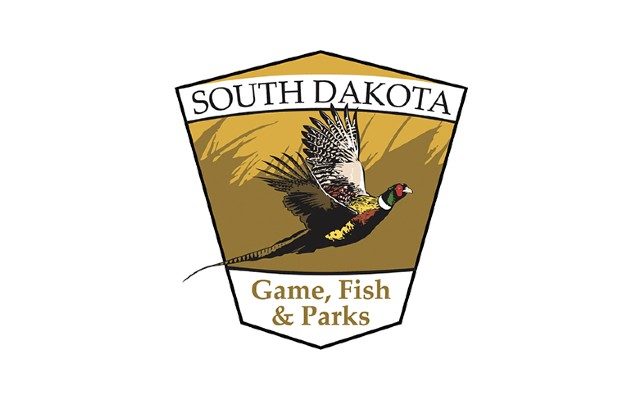No studies yet on success of Next Predator Bounty Program

January 16, 2024
PIERRE, S.D. (SDBA) — More youth are participating in South Dakota’s nest predator bounty program.
However, the state Department of Game, Fish, and Parks Department (GF&P) cannot yet scientifically quantify how the five-year-old turn-in-a-tail-for-ten dollars program impacts the state’s pheasant population.
That’s according to the Secretary of Game, Fish, and Parks, Kevin Robling. He briefed the House Agriculture and Natural Resources Committee this morning.
The GF&P website says participants collected 50,000 tails, the maximum number for 2023. The program begins in the late winter and continues through the upland birds nesting season.
The percentage of trappers under 18 has increased from 18% of the program to 46%, according to Robling.
“It’s just great that trapping has started to really become, again, an event youth are participating in,” Robling said.
However, answering a question by Democratic Rep. Kadyn Wittman of Sioux Falls, Robbling says they can’t quantify the program’s impact on pheasant numbers.
“We have not put a study design together that talks about cause and effect,” Robling answered.
He said there are many variables, especially weather and habitat.
“If you have a very cold, wet spring, that could have a big influence on nest success,” Robling said.
In a follow-up question from Wittman, she asked about the department reconstituting the annual roadside pheasant brood count to judge if the predator tails-for-money program is effective.
Robbling said that wouldn’t work.
“A brood count, what that does is quantifies abundance, or it’s an index of abundance,” Robling said. “So, has the population increased or decreased? Now again, that population could increase or decrease from the main factors, habitat and weather.”
Robbling said only about 25 of 100 pheasant broods will be successful in a season.
Committee chair, Republican Rep. Roger Chase from rural Huron, said that on his farm, he’s seen a decrease in pheasant predators and good pheasant numbers.
“With last year’s winter, I didn’t think we’d have hardly any pheasants this summer and fall, Chase said. “And surprisingly enough, we had a very good pheasant population. But what we didn’t see was a large population of coons, fox, and opossums.”
Robling also gave an overview of the various projects the department is working on, including the expansion of the Sioux Falls Outdoor Campus and a state-of-the-art shooting range in the Rapid City area.




